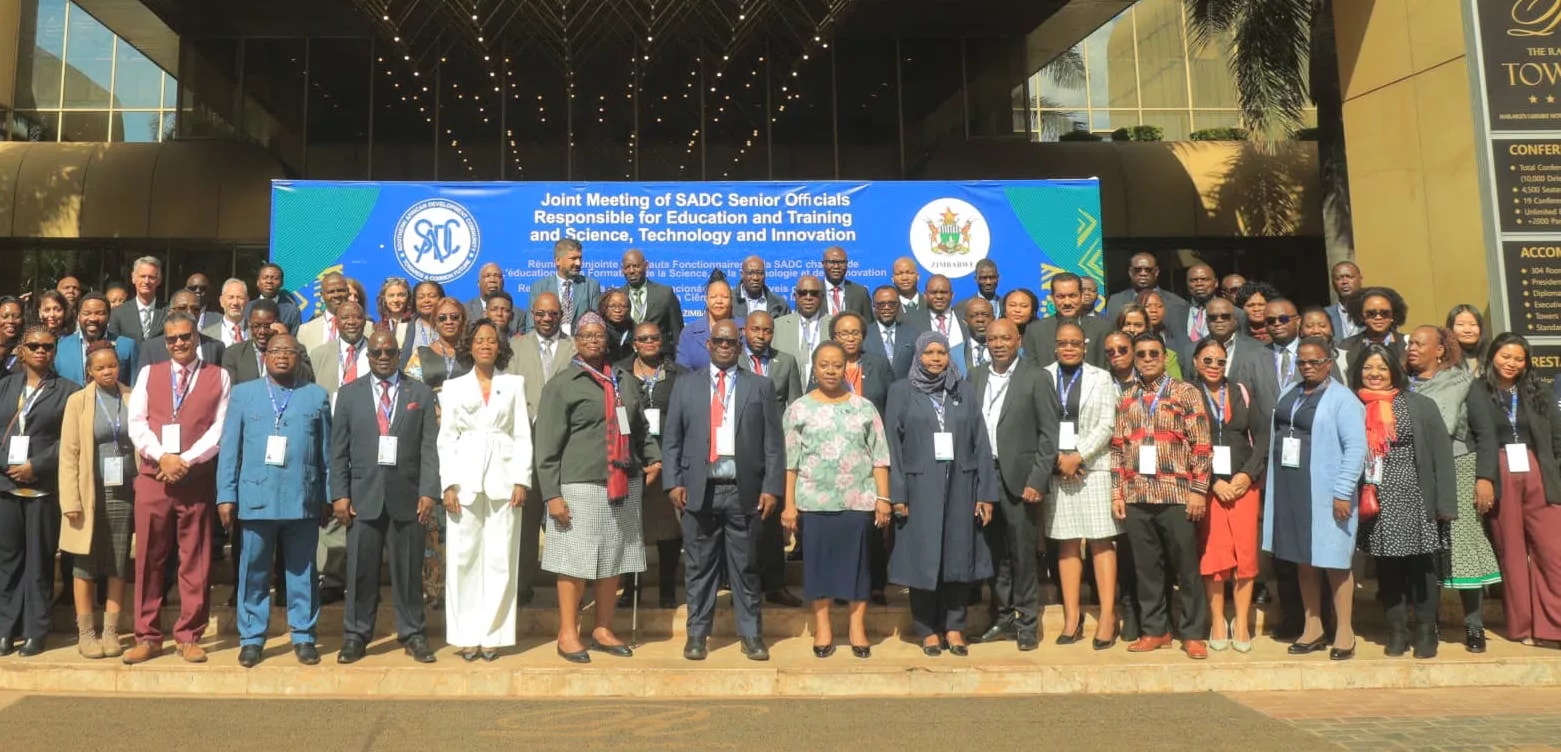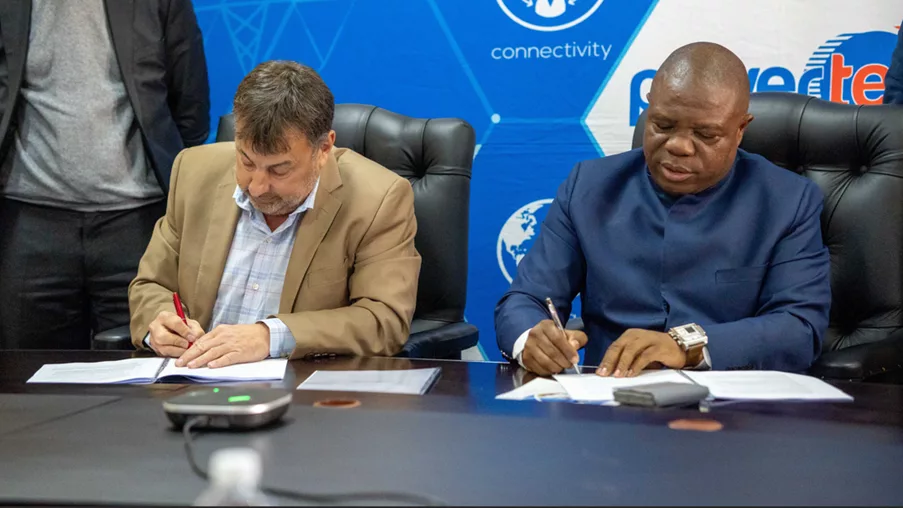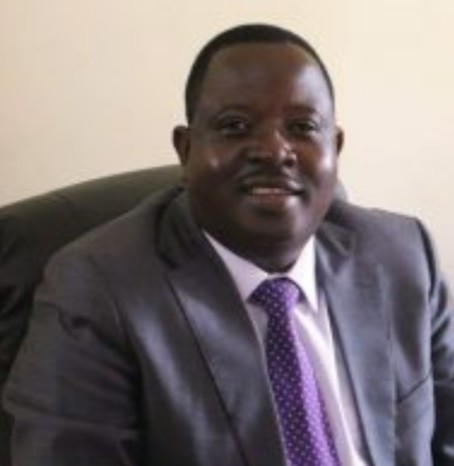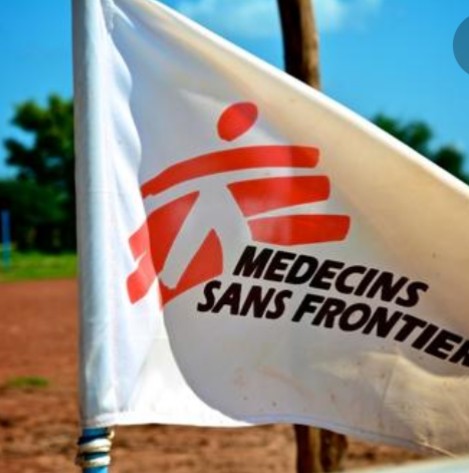Statement from 64 civil society organisations and coalitions ahead of the second meeting of the Fair Pricing Forum, hosted by the World Health Organization and South African government April 11-13th in Johannesburg.
The Fair Pricing Forum will ask what is a fair price for a medicine? We accept that different stakeholders will have different understandings of what is ‘fair’ but the WHO’s current definition of a fair price is concerning. At a minimum, a definition of fairness must prioritize affordability and transparency of Research and Development (R&D) outlays, manufacturing costs, and pricing decisions.
The issue of excessive medicine prices is global, inextricably linked to a lack of pro-patient medical innovation and affects all diseases, all technologies, and all countries, especially low and middle income countries. 100 million people around the world each year are being pushed into poverty because of healthcare expenses. High prices cause avoidable human suffering, inequality and poverty.
It is notable that this meeting is taking place in South Africa. Hundreds of thousands of people died from AIDS in South Africa because they could not afford excessively priced antiretroviral medicines in the late 90s and early 2000s. Today, many medicines, particularly cancer treatments, are unavailable to the majority of the South African population due to the high price, despite being available for a fraction of the price in other countries. This is partially because South Africa’s industry-friendly patent laws impede the introduction of low-cost generics, but also because there is no effective price regulation capping launch prices in the country.
Our view of fair pricing:
- A medicine price cannot be considered fair if people or the government cannot afford it. This would compromise human rights including the right to life, the right to enjoy the benefits of scientific progress and its applications and the right to health. Currently the excessive prices of many cancer drugs results in people either dying because they cannot access the medicines or spending their life savings on co-payments for these medicines. We do not accept that this is fair.
- A medicine price cannot be considered fair without full transparency of all R&D expenditure, of manufacturing costs, and of how the price is decided. Transparency is required throughout the R&D process from the start of basic research to the final delivery of medical products to patients. Some governments and most pharmaceutical corporations try to justify high prices by citing the need to recoup R&D outlays. Yet, pharmaceutical companies refuse to provide details of these R&D outlays and of related support from public and charitable entities. Some governments and pharmaceutical companies are actively opposing various efforts at enforcing greater transparency (as per various bills in the United States and a transparency proposal from the Italian government to be considered at the World Health Assembly). Transparency is essential so that governments or other payers negotiating with pharmaceutical companies can have an informed understanding of the real investments made by the public and private sector in their various forms (including in-kind contributions from health institutions involving patients, doctors and infrastructure).
Concern about current WHO definition
We are concerned about the WHO’s current definition of a fair price that appears in the WHO’s Roadmap for Access to Medicines, vaccines and other health products ( EB 144/17); a “Fair price is one that is affordable for health systems and patients and that at the same time provides sufficient market incentive for industry to invest in innovation.”. We are not aware of any formal process that led to the adoption of this definition, nor of the status of the definition.
This definition has three critical flaws:
- It does not require transparency of R&D costs and price setting decisions. This means that the public will still have to trust pharmaceutical companies’ price-setting.
- It does not account for the substantial role of the public sector in funding R&D. This must be considered in defining fair prices to ensure the public does not pay twice and receives a public return on public investments.
- It pre-supposes that R&D is always to be paid for through end prices of medicines. The definition thus excludes development models based on the principles of delinkage, in which R&D would be incentivized through grants, subsidies and innovation inducement prizes, rather than monopoly-based high prices.
Signed:
AIDS and Rights Alliance for southern Africa (ARASA) (Regional)
Associação Brasileira Interdisciplinar de AIDS (ABIA) (Brazil)
Alianza LAC – Global por el Acceso a Medicamentos (Regional)
Campaign for Affordable Trastuzumab (India)
Cancer Alliance South Africa
Fix the Patent Laws Campaign (South Africa)
Global Justice Now (UK)
Health Action International (Global)
Heart to Heart Foundation (Thailand)
Health GAP (Global Access Project)
IFARMA Foundation (Colombia)
Interfaith Center on Corporate Responsibility (USA)
International Treatment Preparedness Coalition (ITPC) (Global)
Knowledge Ecology International (Global)
Misión Salud (Colombia)
Positive Malaysian Treatment Access & Advocacy Group (MTAAG+) (Malaysia)
Public Eye (Switzerland)
Salud por Derecho (Spain)
Southern African Programme on Access to Medicines and Diagnostics (Regional)
STOPAIDS (UK)
Third World Network (Global)
Universities Allied for Essential Medicines Brazil (UAEM Brasil)
Womens Coalition Against Cancer (Malawi)
Yolse (Switzerland)
The Fix the Patent Laws campaign consists of 42 South African civil society organisations, including the Treatment Action Campaign, SECTION27, Doctors without Borders (MSF), and the various organisations that make up the Cancer Alliance.






